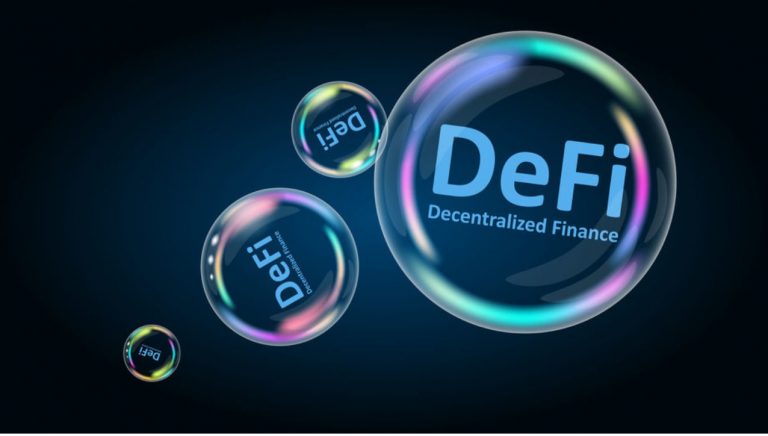
Ledger Live now enables users to earn stablecoin yields directly from self-custody through a new integration with Kiln, announced on April 28, 2025. This feature allows users to generate passive income on stablecoins like USDC, USDT, USDS, and DAI with yields ranging from 5% to 9.9% APY, depending on the protocol used (e.g., Aave, Compound, Morpho, Sky, Spark). The key advantage is that users maintain full control of their private keys, ensuring self-custody without transferring assets to centralized platforms.
This is facilitated through Ledger Live’s interface, where Kiln provides backend access to DeFi lending protocols, simplifying the process while prioritizing security. Only 4% of stablecoin holders currently earn yield, so this integration aims to make DeFi more accessible and secure for Ledger users.
The Kiln integration with Ledger Live, announced on April 28, 2025, enables users to earn stablecoin yields directly from self-custodied wallets within the Ledger Live app. Kiln, a DeFi infrastructure provider, facilitates access to decentralized finance (DeFi) lending protocols, allowing Ledger Live users to generate passive income on stablecoins like USDC, USDT, USDS, and DAI with yields of 5% to 9.9% APY.
Register for Tekedia Mini-MBA edition 19 (Feb 9 – May 2, 2026): big discounts for early bird.
Tekedia AI in Business Masterclass opens registrations.
Join Tekedia Capital Syndicate and co-invest in great global startups.
Register for Tekedia AI Lab: From Technical Design to Deployment (next edition begins Jan 24 2026).
Unlike centralized platforms, this integration ensures users retain full control of their private keys. Assets remain in the user’s Ledger wallet, enhancing security by avoiding third-party custody risks. Kiln acts as a backend bridge to vetted DeFi protocols such as Aave, Compound, Morpho, Sky, and Spark. These protocols lend stablecoins to generate yield, and Kiln simplifies the interaction for users.
Within Ledger Live, users can select their stablecoins, choose a lending protocol via Kiln’s interface, and start earning yield. The process is streamlined to be user-friendly, requiring no deep DeFi knowledge. Ledger’s hardware wallet security, combined with Kiln’s audited smart contracts, minimizes risks. Transactions are signed locally on the Ledger device, ensuring no private key exposure.
This integration makes DeFi more accessible, as only 4% of stablecoin holders currently earn yield. It targets Ledger’s user base, offering a secure, non-custodial way to participate in DeFi without relying on centralized exchanges. Kiln’s integration provides the technical infrastructure to connect Ledger Live users to DeFi lending markets, maintaining simplicity, security, and self-custody while unlocking stablecoin yield opportunities.
By simplifying access to DeFi lending protocols like Aave and Compound within the familiar Ledger Live interface, this integration lowers barriers for non-technical users. With only 4% of stablecoin holders currently earning yield, this could drive broader participation in DeFi, especially among Ledger’s security-conscious user base.
Maintaining self-custody while earning 5%–9.9% APY on stablecoins like USDC and USDT gives users greater control and security compared to centralized platforms. This aligns with the ethos of decentralization, reducing reliance on third-party custodians and mitigating risks like hacks or mismanagement seen in centralized finance (CeFi) failures.
Centralized platforms offering stablecoin yields (e.g., exchanges or lending services) may face increased competition. Ledger Live’s self-custodial solution, backed by Kiln’s DeFi infrastructure, provides a compelling alternative, potentially pushing CeFi providers to improve transparency, security, or rates.
The integration leverages Ledger’s hardware wallet security and Kiln’s audited smart contracts, setting a high bar for secure DeFi integrations. This could encourage other wallet providers or DeFi platforms to prioritize self-custody and robust security in their offerings. Higher yield accessibility could increase demand for stablecoins supported by the integration (USDC, USDT, USDS, DAI). This may boost their circulation and liquidity in DeFi protocols, potentially stabilizing or increasing their market dominance.
As self-custodial DeFi yield products gain traction, regulators may pay closer attention. While self-custody reduces some regulatory risks tied to centralized entities, the integration could prompt discussions about DeFi oversight, especially if yields attract significant retail investment.
The success of this integration could inspire similar partnerships between hardware wallet providers and DeFi infrastructure platforms. It may also push DeFi protocols to optimize for user-friendly integrations, fostering further innovation in secure, accessible yield products.
The Kiln-Ledger Live integration democratizes DeFi yields while prioritizing security and self-custody, potentially reshaping user behavior, market dynamics, and competitive landscapes in both DeFi and CeFi. It also underscores the growing maturity of DeFi infrastructure, though it may invite regulatory attention as adoption scales.



